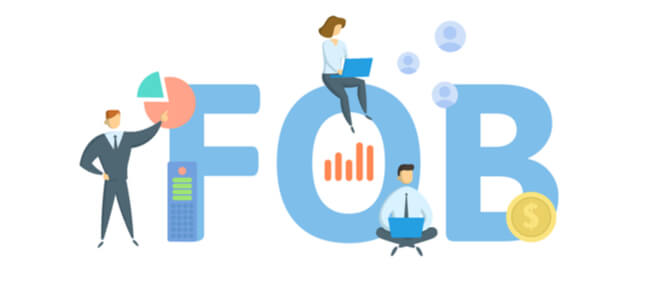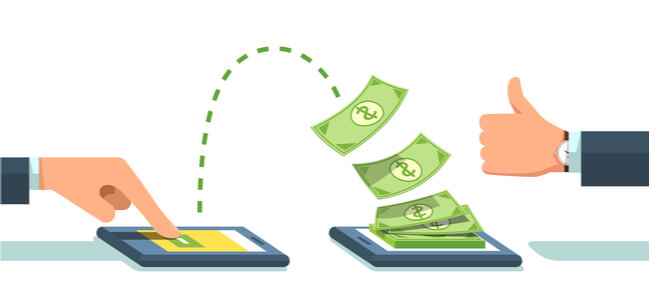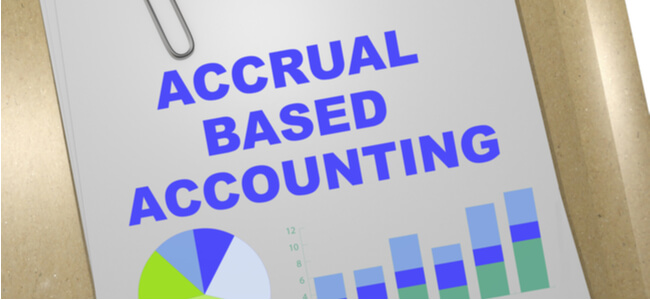Why Manual Invoice Reconciliation Is Costing Your Business?

Invoice reconciliation is when a business checks to see if its expenses match the original amount of expenses they agreed on. Manual invoice reconciliation can be a costly and time-consuming business. Unfortunately, members of the freelance working community have been hit worst by the ongoing pandemic. These individuals should consider ridding themselves of this costly procedure to save what little they can during these tough times.
The Facts
On-time payments have always been a challenge for the freelance community. With the pandemic, finances for these workers have plummeted from bad to worse. Governmental programs, such as the US Pandemic Unemployment Assistance, have failed to bring the relief that they had originally promised. 85% of the Cares Act applicants are yet to see the cash promised to them at the start of May.
Studies conducted by PYMNTS revealed that around 70% of freelance service providers suffered from either delayed payments or no payments at all. While things have been generally bad, manual invoicing has made matters even more messy and difficult.
The Challenges Of Slow Invoice Reconciliation
To reconcile invoices, companies must match the amount they’re expected to pay with the amount they initially agreed on. In cases where there’s a discrepancy, payments will be greatly delayed for workers.
Traditional or manual invoicing doesn’t offer a consolidated platform for its different company departments. The result is the lack of a speedy reconciliation. Moreover, the lack of an automated process makes the entire process both time-consuming and prone to errors.
According to a study, 58% of companies in North America suffer from time and cost frictions due to the cumbersome labor required in manually feeding entries. More than 60% of companies in the US have started to seriously consider reducing invoicing costs by supplanting the manual invoice reconciliation process.
Formatting is another obstruction in the path of smooth invoicing. 50% of all invoices are paper-based, 37% are mailed in the form of PDF files, and 5% through fax. Converting the formats from paper to digital and entering PDF-based invoice statistics manually into the company system contributes to the lengthy process.
Additionally, operating without a dedicated system prevents AP teams from getting transparent access to crucial invoice and payment data. A study showed that as much as 51% of employees complain about how long it takes them to secure approvals for invoice processing. Manual invoicing can have up to 15 steps, starting with receiving the invoice to securing payment approvals.
The Benefits Of Automated Technologies
Automated technologies make invoicing processes extremely time effective. A speedy process helps to reduce the unnecessary costs involved in invoice and bank reconciliation. Laborious manual procedures would normally take employees hours to complete. With automation, those procedures can be completed in just a few minutes or less.
Digitizing the process also means that you’ll no longer be required to sift through never-ending stacks of documents just to locate the one paper you need. Due to the time automated technology is saving employees, companies have also seen a six-time drop in the invoice processing expenses.
Initially, cost concerns were prohibitive factors for companies which couldn’t afford automation technologies. However, these concerns are now being side-lined given the greater damage that manual invoicing is causing to companies’ finances.
Invoicing software does more than just automatically feed data entries. It also helps to sort out the invoices on a case-by-case basis. Invoices that are ready to be processed and those which require further review are separately organized.
According to a recent study, incorporating e-invoicing is now on the priority list of around 44% of companies. Studies have also shown that integrating e-invoicing into a business can reduce the related costs by a staggering 81%.
Together, businesses and third-parties can increase scalability by leveraging e-invoicing and streamlining the reconciliation process.
Recommended Invoicing Software
Here’s a list of recommended software:
- Tipalti: Tipalti is an easy-to-integrate software that offers global payout and can increase in scale as per the company’s needs. Its set of advantages includes efficient team synchronization, a guarantee to accelerate the financial close by a commendable 25%, and simplified invoicing. The software also caters to supplier and currency management
- FreshBooks: This cloud-based software offers a one-click payment set-up. FreshBooks offers a wide range of integrations that helps in streamlining your accounting process. The invoicing software is both multi-language and multi-currency
- Invoice2go: Invoice2go helps greatly with keeping tabs on your clients. Its solution offers invoice-status and expense tracking thereby keeping you informed of your payment schedules. It also helps to keep track of processing times and client activity
Conclusion
While the pandemic has conditioned most businesses to operate remotely, it has also brought the chance to review whether now is the time to supplant manual invoice reconciliation. In a time when collaboration between the AP staff is severed like never before, automatic invoicing could be a simple and cost-effective fix to your business problems.










